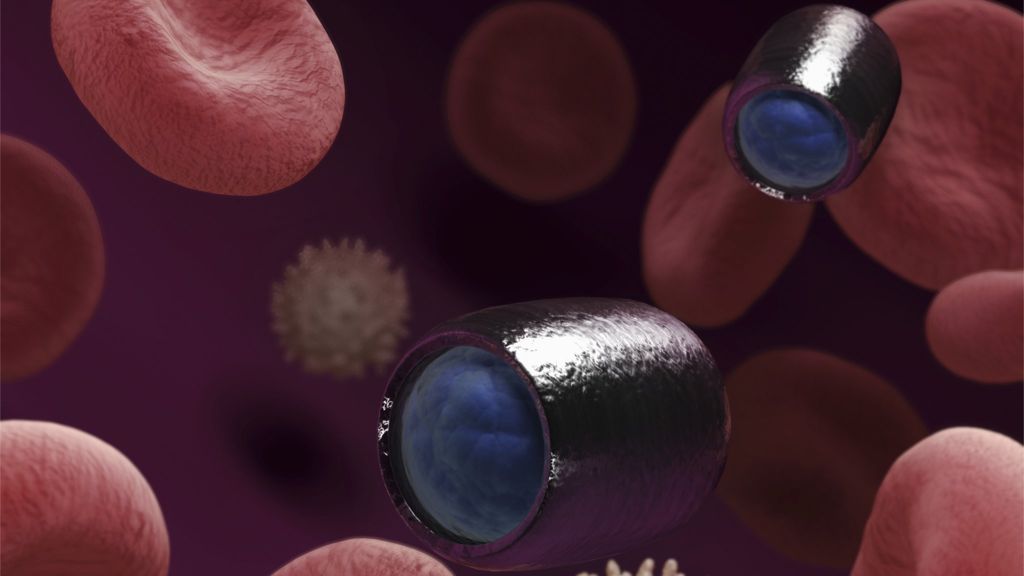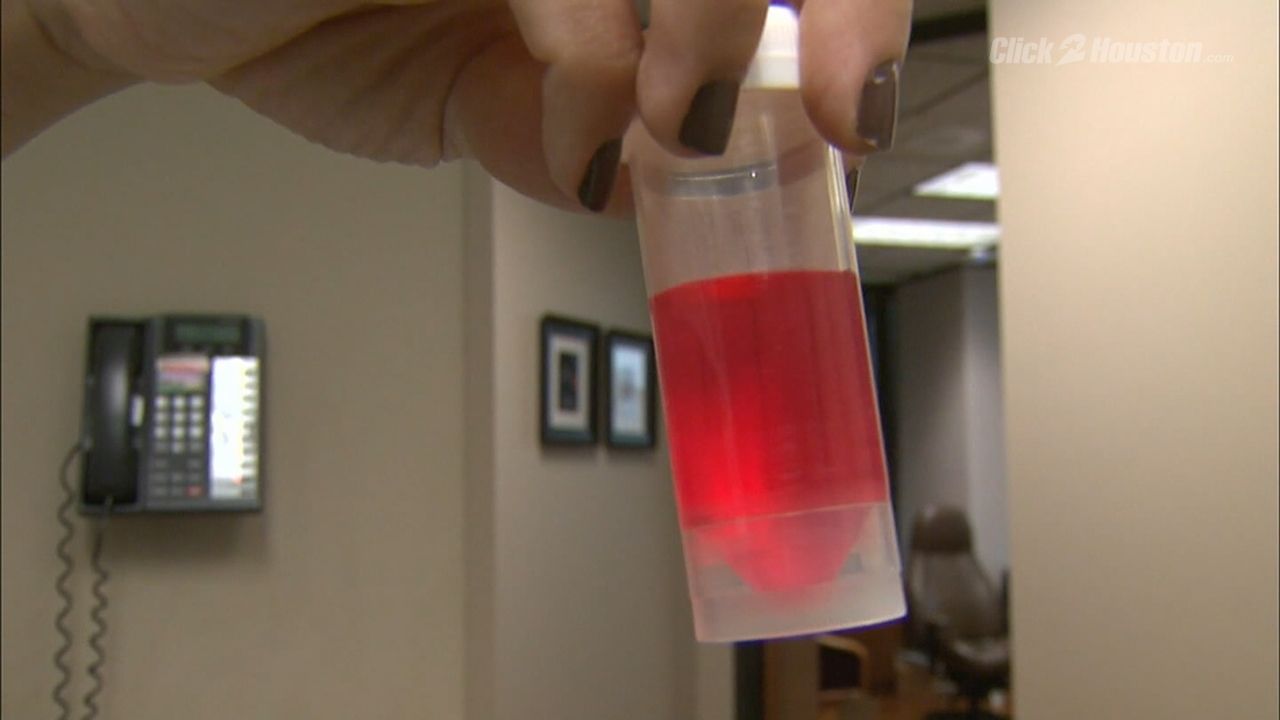Oct 6, 2016
Brain Cells That Cool the Body
Posted by Karen Hurst in categories: biotech/medical, neuroscience
Summary: Researchers have identified a set of heat sensing neurons that prompt both nervous system and behavioral changes that help cool the body.
Source: NIH.
The body’s temperature is closely regulated. We sense temperature changes in the environment through specialized nerve cells in the outer layers of the skin. If we are too hot or too cold, our nervous system activates responses to help change our temperature. We can sweat to cool down or shiver to generate heat. Our blood vessels can constrict to conserve heat or expand to release heat. To avoid discomfort, we sometimes seek out different environments―choosing to go into an air conditioned room or sit by a heater.

















